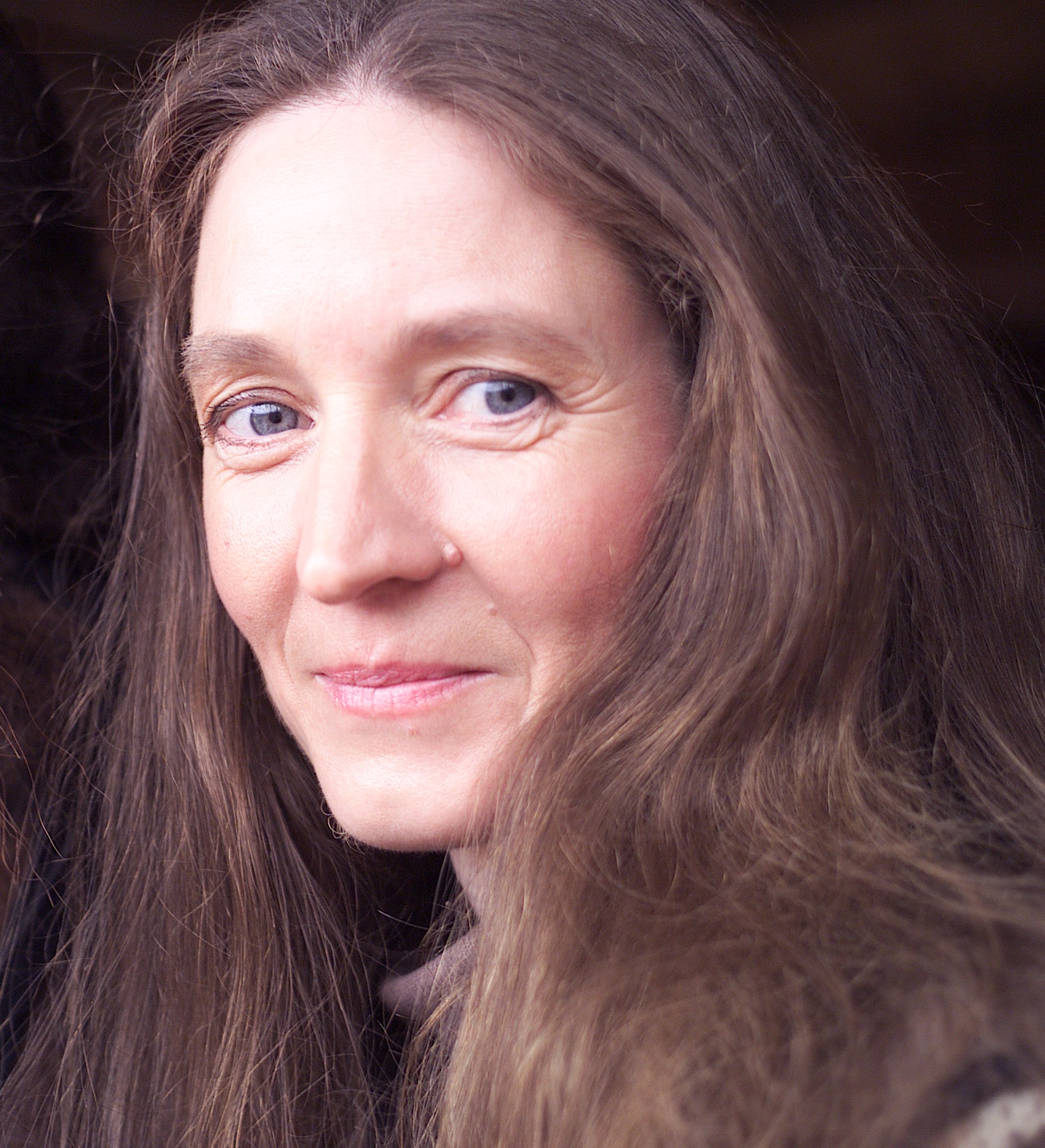 |
| photo: Jennifer Anne Tucker and Gerald Lang |
Nancy Marie Brown writes about Iceland and Vikings, science and sagas. She is the author of six nonfiction books, including Song of the Vikings: Snorri and the Making of Norse Myths, as well as one YA novel. Her latest book is Ivory Vikings: The Mystery of the Most Famous Chessmen in the World and the Woman Who Made Them (St. Martin's Press, September 1, 2015). Brown lives in Vermont with her husband, the writer Charles Fergus, four Icelandic horses and one Icelandic sheepdog.
On your nightstand now:
I don't have a nightstand. I have a pile of books on the floor by the bed. Sometimes a tower of books that periodically tumbles and is banished to the living room, where only unread books and books I cannot yet bear to shelve are allowed; every other room in the house has a wall of bookcases. In the stack are H Is for Hawk by Helen Macdonald and a book it led me to, The Wild Places by Robert MacFarlane; The Natural History of Dragons by Marie Brennan; Women in Old Norse Literature by Jóhanna Katrín Fridriksdóttir; and two books by modern Icelandic writers, Skáld by Einar Kárason, in Icelandic, and Boy on the Edge, a young adult novel in English by Fridrik Erlings. At the base of the stack is Amy Sackville's magical Orkney, which I read a few months ago and want to read again.
Favorite book when you were a child:
The Hobbit by J.R.R. Tolkien. I'm told my babysitter read it to me when I was four; I read it myself (for the first of countless times) by the time I was 12; I read it to my son when he was in the womb (and numerous times thereafter). It explains a lot about me--particularly my fascination with all things Icelandic, since Tolkien was greatly influenced by Icelandic literature and myth.
Your top five authors:
J.R.R. Tolkien, T.H. White, Halldór Laxness, Snorri Sturluson and Anonymous. Lots of Anonymous, since the authors of most medieval books are unknown.
Book you've faked reading:
The Bible. Given my love of myth and my interest in ancient religions, you'd think I'd have read it through by now. But I've only dipped into it, mostly when I was young. My parents decided it was appropriate for me to be reading the Bible at church on Sundays, rather than squirming during the sermon.
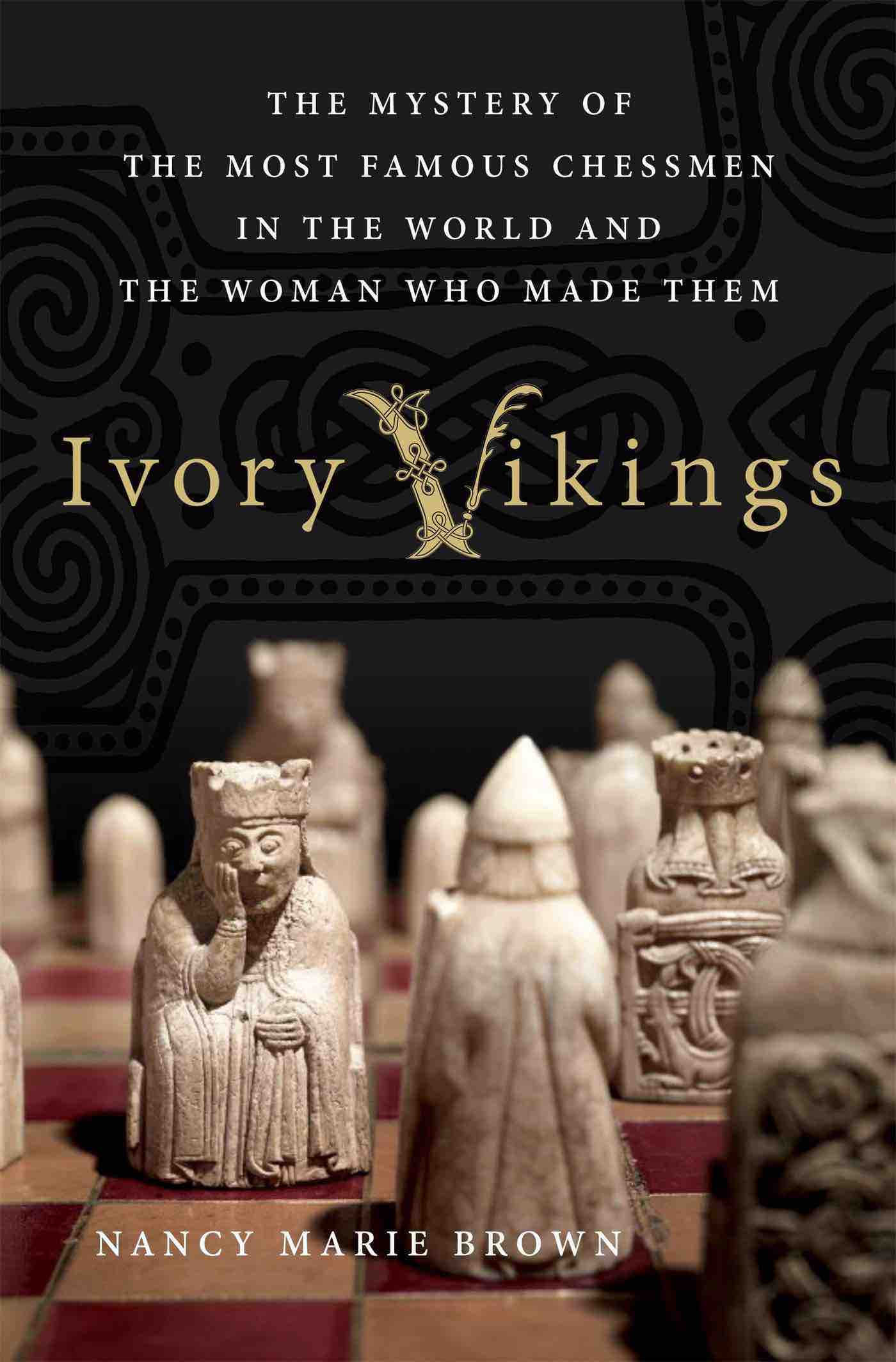 Book you're an evangelist for:
Book you're an evangelist for:
The Icelandic sagas, which, I know, are a genre not a single book, but the one I'm pushing at any given moment changes. Right now, I'd say you absolutely have to read Egil's Saga (which may have been written by Snorri Sturluson, if not by Anonymous). It's the story of an ugly and brutal Viking who is, nonetheless, a sensitive poet and a loving father. Written in the 13th century, it can lay claim to being the first "novel," as well as being the first (and one of the best) of the Icelandic "family sagas."
Book you've bought for the cover:
H Is for Hawk by Helen Macdonald. Actually, I bought it because it's partly about T.H. White, who was the ostensible subject of my master's thesis on "The Trickster Merlin," though my adviser convinced me to quit writing at about 150 pages, before I actually reached what I wanted to say about White's The Once and Future King. The cover of H Is for Hawk is so magnificent, though, that I've delayed shelving the book for months now after I've read it.
Book that changed your life:
Snorri Sturluson's book about Norse mythology, The Prose Edda. It was just another college reading assignment until I came to the list of dwarf names and found Bifur, Bafur, Bombor, Nori, Ori, Oin--and Gandalf! What was Tolkien's wizard doing in medieval Iceland? I read a biography of Tolkien, where I learned about the club he created at Oxford University to translate Icelandic sagas. I met a professor who had a bookcase full of sagas that he lent me, one after the next. When I ran out of translations, I found another professor to teach me Old Norse. Then I went to Iceland and, like many other writers before me, captivated by the literature and the landscape and the horses--oh, the horses!--I never fully left.
Favorite line from a book:
"I will take the Ring, though I do not know the way." That line from Tolkien's The Fellowship of the Ring has always meant to me, "I will take the adventure, though I do not know how it will turn out." And it chimes with the beginning of a poem by Robert Penn Warren, "How to Tell a Love Story," that has been posted above my writing desk for the last 30-odd years: "There is a story that I must tell, but/ The feeling in my chest is too tight, and innocence/ Crawls through the tangles of fear...."
Which character you most relate to:
Gudrid the Far-Traveler, a Viking woman about whom I've written two books, one fiction and one nonfiction. A thousand years ago, she set off in an open boat to explore the fabulous lands west of Greenland. She stayed in the New World for three years, had a child here, and then sailed east to Norway, before settling in Iceland. Then, as a grandmother, she took a pilgrimage to Rome. Altogether, she crossed the icy North Atlantic eight times and saw more of the world than most men of her day.
Book you most want to read again for the first time:
Tolkien's The Hobbit. I know so much now about his sources of inspiration that I can no longer read his words. They quiver and flash at me, as if each one were a hypertext link that I can't resist clicking on. It rather takes the magic away. And I think magic is always what we're seeking when we read: magic that transports and transforms us.





LEFTFIELDPUBLISHING.1118.S2.CONTEST.jpg)



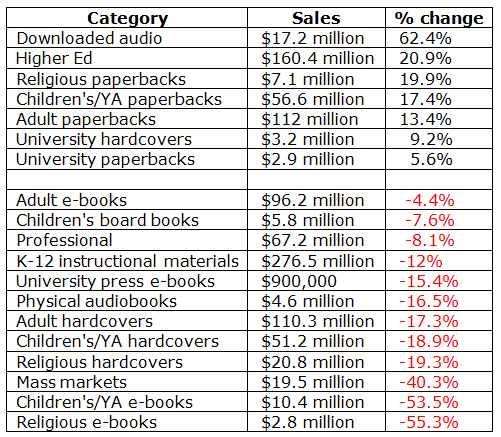
 O'Reilly and her staff will remain with the bookstore, where she will focus on "continuing the shop's growth, building publisher relations and developing the store's event strands with the aim of becoming 'the leading programmer for literary events in South London,' " the Bookseller noted.
O'Reilly and her staff will remain with the bookstore, where she will focus on "continuing the shop's growth, building publisher relations and developing the store's event strands with the aim of becoming 'the leading programmer for literary events in South London,' " the Bookseller noted. An event schedule has been released for the
An event schedule has been released for the 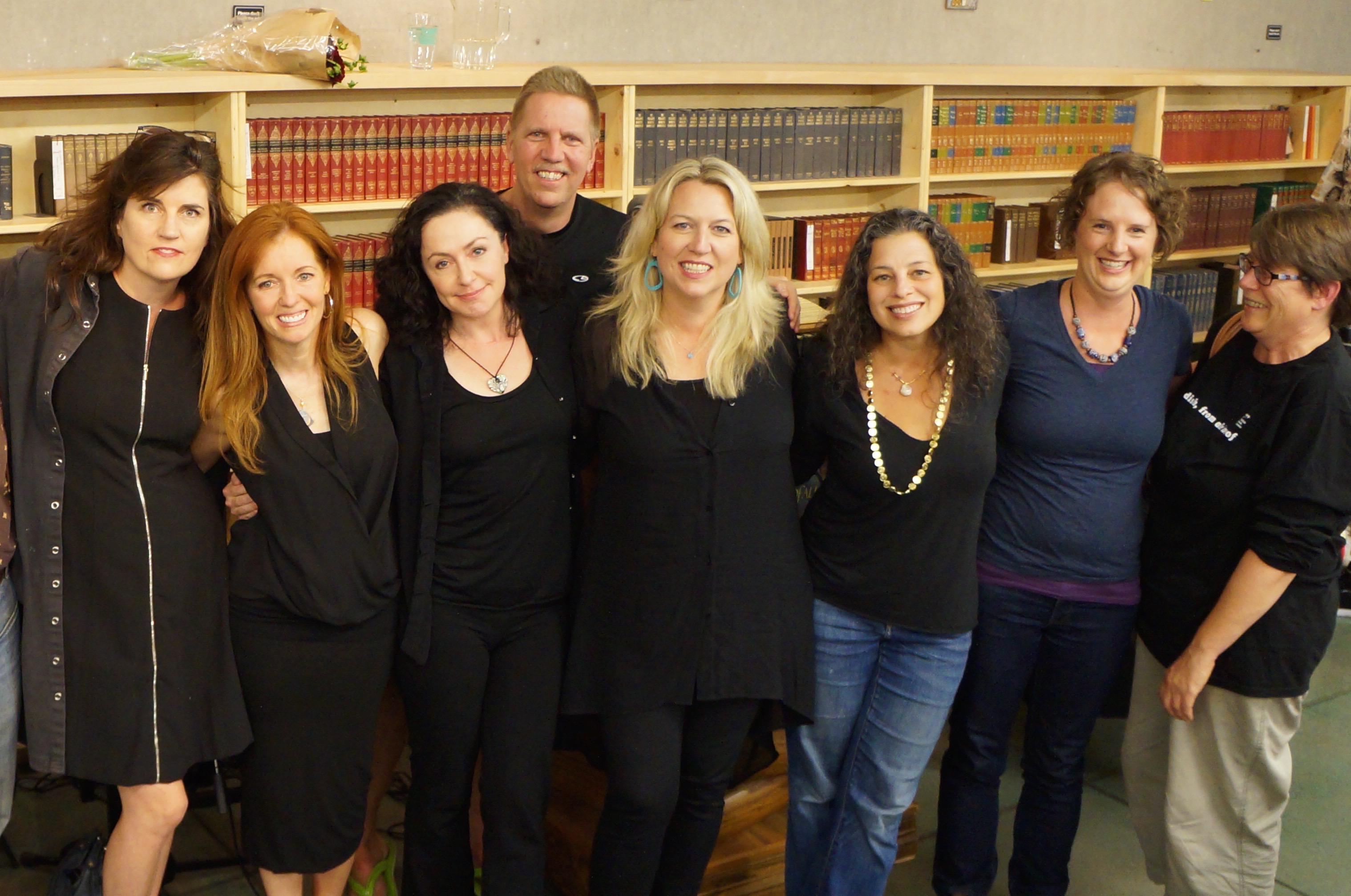
 Citing Brooklyn's
Citing Brooklyn's 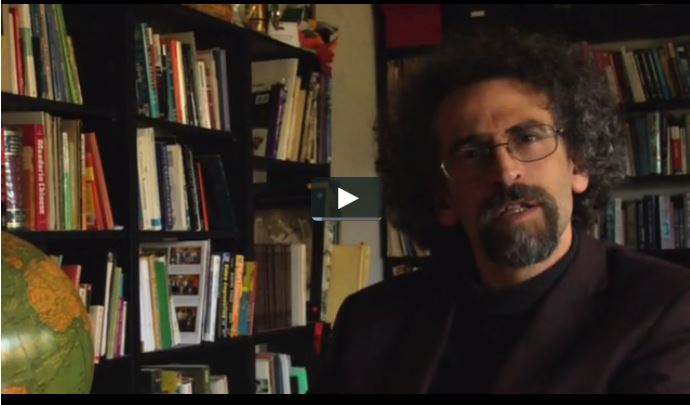 The House of Twenty Thousand Books
The House of Twenty Thousand Books
 Book you're an evangelist for:
Book you're an evangelist for: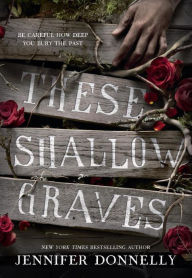 Acting like a proper lady is the least of 17-year-old Josephine Montfort's concerns in These Shallow Graves, a riveting historical mystery-thriller from Jennifer Donnelly (A Northern Light; Revolution).
Acting like a proper lady is the least of 17-year-old Josephine Montfort's concerns in These Shallow Graves, a riveting historical mystery-thriller from Jennifer Donnelly (A Northern Light; Revolution).